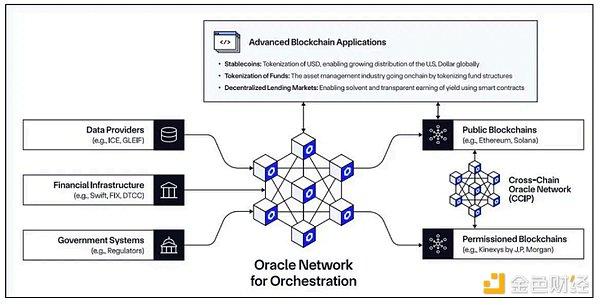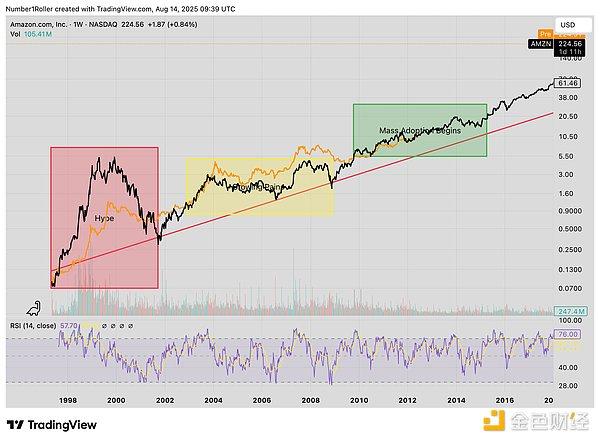The Bank for International Settlements (BIS) Outlines a Plan to Assign Risk Scores to Crypto Assets Based on Blockchain Transaction History.
The Bank for International Settlements (BIS) has put forward a proposal that could fundamentally change how money flows are monitored in the crypto asset economy. In a new report, BIS outlines a plan for a compliance scoring system to prevent illegally sourced assets from entering the traditional financial system through conversion gateways (off-ramp).
The core idea is to assign each crypto asset a risk score based on its transaction history before it is allowed to be converted to fiat currency. The BIS report clearly states that "anti-money laundering (AML) compliance scores, based on the probability of a crypto asset unit being associated with illegal activities, can be referenced at points of contact with the banking system". This system will use the inherent transparency of blockchain technology to identify and potentially freeze "contaminated" assets.
BIS argues that current anti-money laundering methods, which heavily rely on licensed intermediaries, have shown limited effectiveness in the decentralized crypto asset space. In contrast, a system based on on-chain transaction history will create a more robust monitoring mechanism with risk thresholds established to approve or reject conversion requests.
This proposal reflects a shift in cybercrime methods. Since 2022, stablecoins have surpassed Bitcoin as the preferred tool for illegal money flows, accounting for approximately 63% of total illegal transaction volume in 2024, according to data from Chainalysis and TRM Labs. The BIS scoring system will be applied to wallets containing stablecoins or Bitcoin's Unspent Transaction Outputs (UTXOs).
Enforcement responsibility, or due diligence, will be placed on off-ramp service providers. These organizations will face penalties or other sanctions if they process high-risk assets. This creates a powerful economic incentive to avoid "dirty" money flows. BIS even predicts a scenario where contaminated stablecoins could be traded at a market discount.
More importantly, this risk score could follow the token as it moves through the blockchain, and due diligence could be extended to individual users. This has the potential to reshape user behavior, even in completely decentralized transactions, creating a two-tier financial system for crypto assets between "clean" and "dirty" assets.







